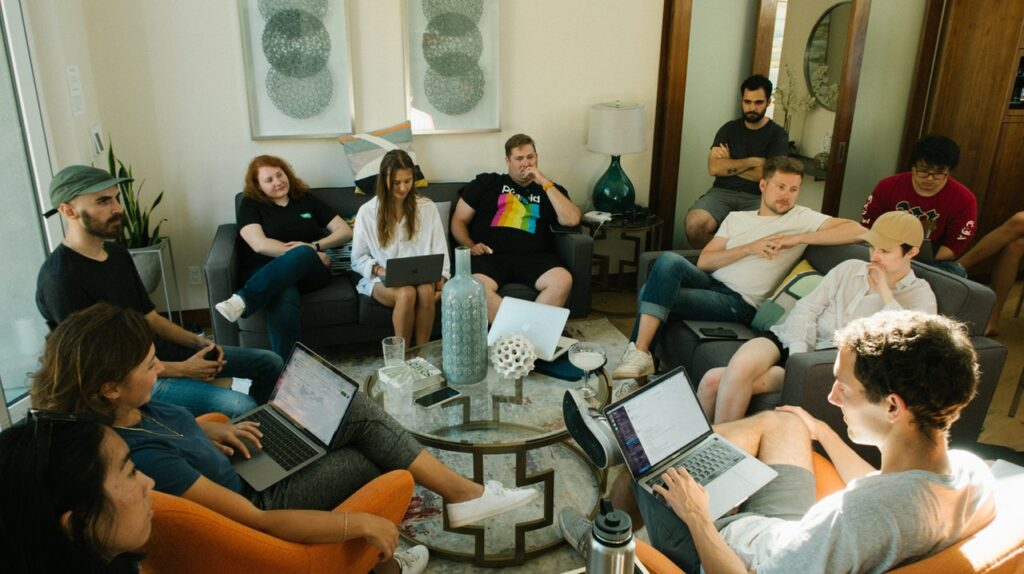Social learning theory is a theory of learning process and social behavior which suggests that new behaviors can be acquired by observing and imitating others.
Developed by Canadian-American psychologist Albert Bandura, social learning theory posits that people learn from one another via observation, imitation, and modeling. The theory has often been called a bridge between behaviorist and cognitive learning theories because it encompasses attention, memory, and motivation.
How L&D Leaders Utilize Social Learning
We’ve written before about how employees want to learn from others. But oftentimes, it’s the only way employees can learn for the simple reason that employees have limited time for training.
According to Training Magazine’s 2018 Training Industry Report, employees have less and less time to devote to training. Employees received on average 46.7 hours of training in 2018, compared to 47.6 hours of training they received in 2017. That’s less than one hour per week for training.
To make the best use of this single hour per week, department managers and team leaders can devise their own training that considers an employee’s workload and the co-workers and managers with whom that employee interacts.
This “localized” training can be considered a form of social learning. The employee acquires skills or is trained on specific processes as a result of observing others.
Social learning theory explains human behavior in terms of continuous reciprocal interaction between cognitive, behavioral, and environmental influences. As such, these tiny on-the-job interactions are indeed harnessing social learning theory.
Employees Are Using Social Learning Already
When an employee wants to learn a new skill, where do they turn first? According to a report published in Harvard Business Review, workers first look to their peers for guidance, then to their bosses.
Peer-to-peer learning can be a powerful development tool but until recently, it was not considered valuable or measurable. One reason was that the perception that experts outside an organization were seen for the longest time as more knowledgeable than those inside.
However, companies started to reason that outside consultants are most likely sharing the same expertise with other companies in their industry, rendering the insights useless, as competitors would be profiting off of the same advice. Therefore, in the race to stay competitive, companies have begun to seek expertise internally—and keep it there.

Another reason why peer-to-peer training was not considered valuable was measurement: how can an organization track the effectiveness of training created at the department level? Indeed, some of the training may be formal, with simulations and assessments, but some of the training might simply be impromptu, deskside conversations between a manager and an employee.
Enter xAPI, a specification for learning technology that makes it possible to collect data about the wide range of experiences a learner has both online and offline. The xAPI protocol offers L&D departments the ability to track up to 100 percent of learning experiences both online and off.
As such, social learning is most likely already taking place within organizations. To maximize the precious little time employees have for training, L&D leaders can measure as many of these natural learning instances as possible and measure ROI.
But these regular, daily interactions are at the heart of social learning theory. “Most human behavior is learned observationally through modeling: from observing others, one forms an idea of how new behaviors are performed, and on later occasions, this coded information serves as a guide for action,” explains Bandura, the architect of social learning theory.





